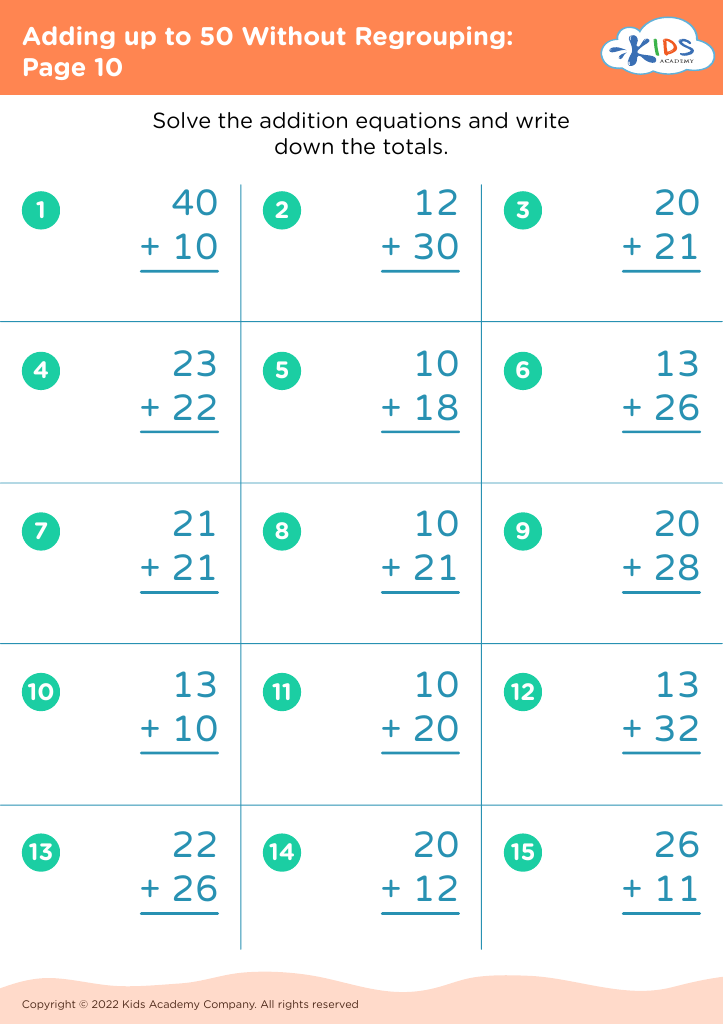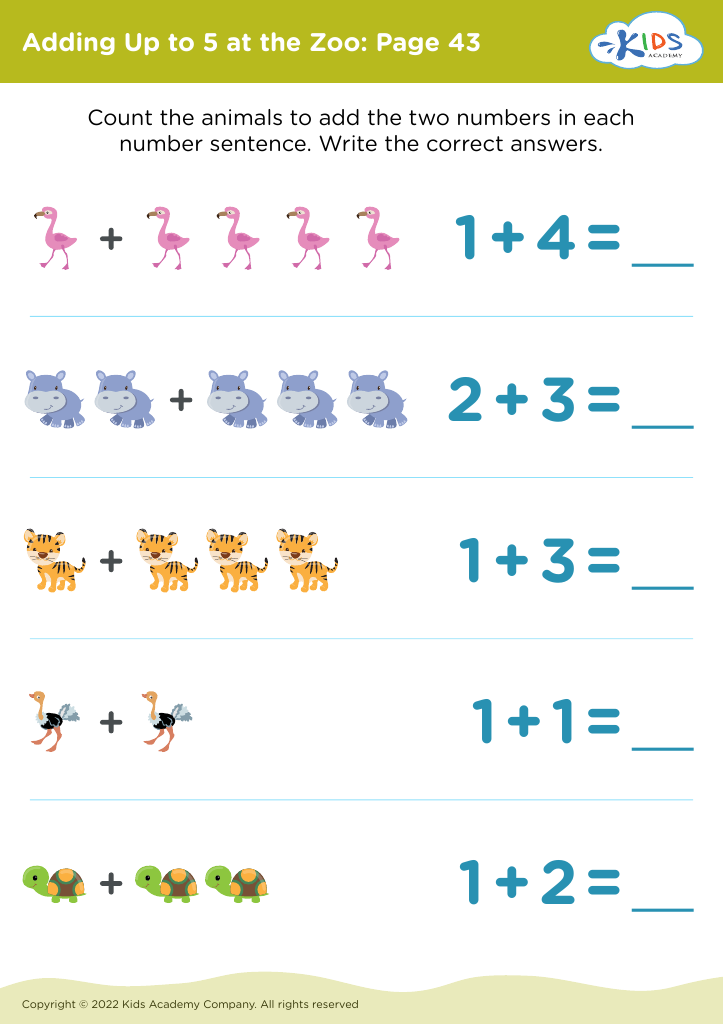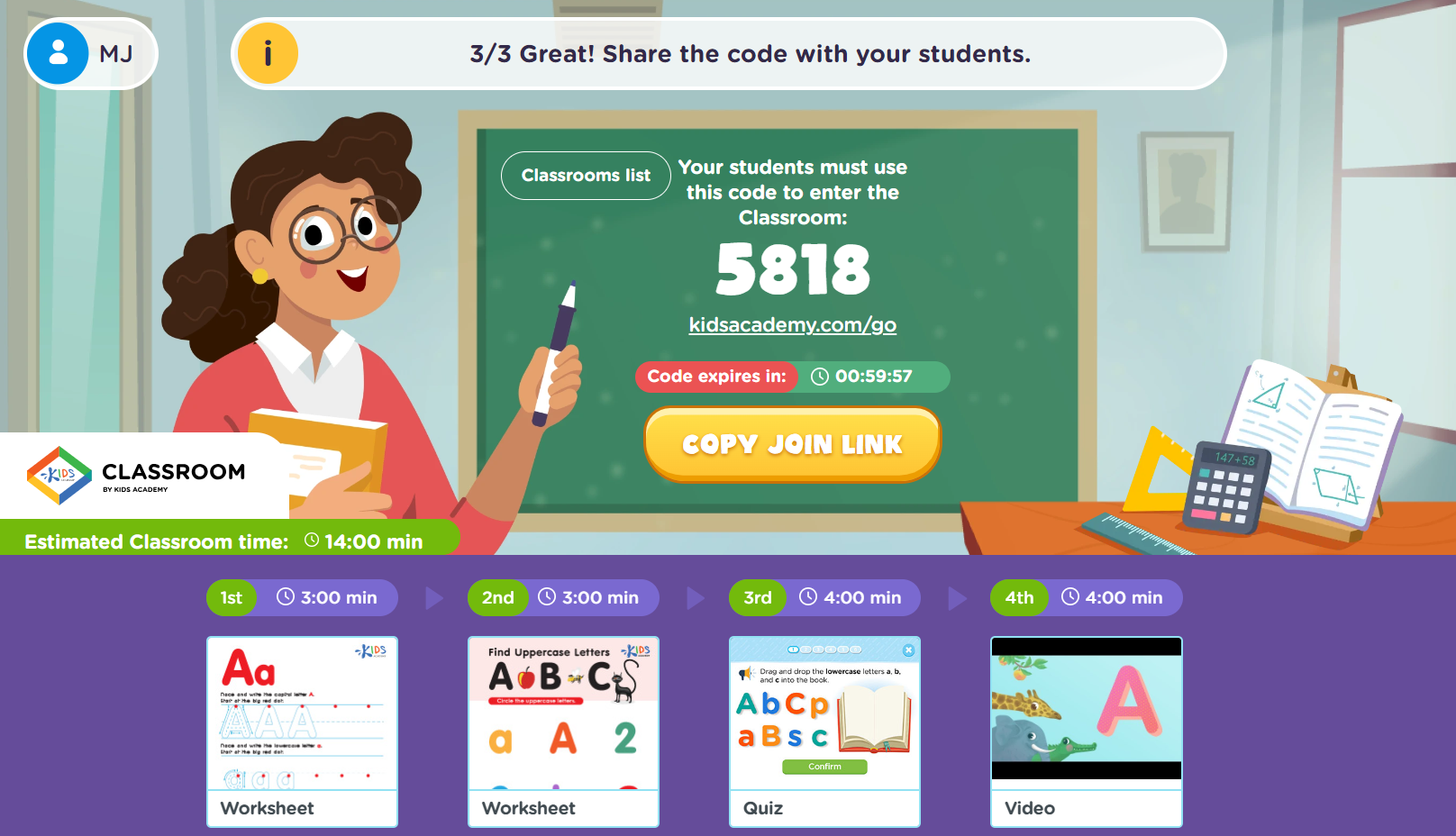Mathematical thinking Math Worksheets for Ages 3-9
7 filtered results
-
From - To
Discover our engaging Mathematical Thinking Math Worksheets for ages 3-9, designed to inspire a love for learning in young minds! These printable worksheets introduce foundational math concepts through fun, interactive activities that develop essential problem-solving skills, critical thinking, and logical reasoning. With a variety of themes and difficulty levels, children will explore numbers, patterns, shapes, and basic operations in an enjoyable way. Perfect for home or classroom use, our resources facilitate independent learning and foster enthusiasm for mathematics. Help your child build confidence and creativity in math with our carefully crafted worksheets that encourage exploration and discovery in this essential subject!


Measurement: Compare Volumes Worksheet
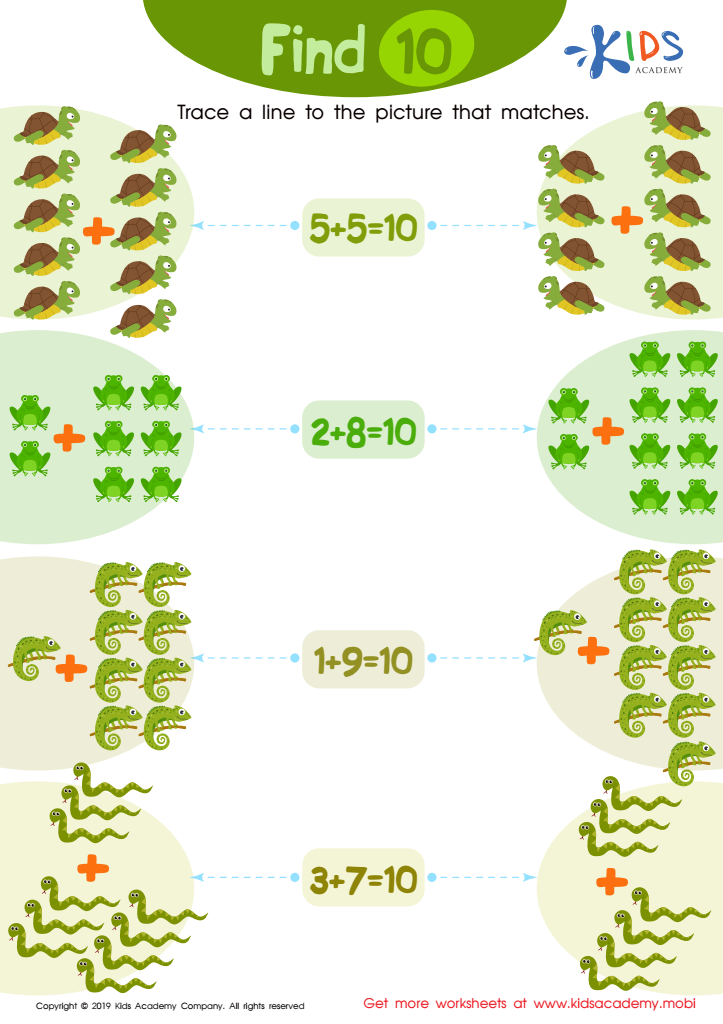

Find 10 Worksheet
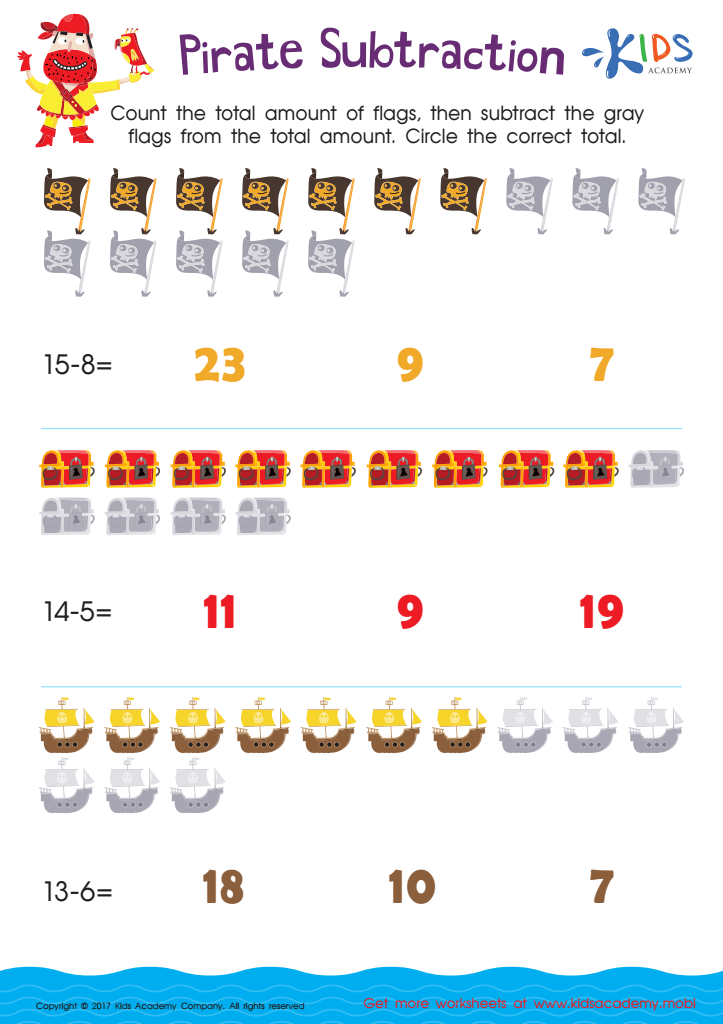

Pirate Subtraction Substraction Worksheet


What Makes 17 Worksheet
Mathematical thinking in children aged 3 to 9 is foundational for their cognitive development and overall academic success. During these formative years, children develop critical problem-solving skills, logical reasoning, and the ability to analyze patterns. Early exposure to mathematical concepts helps children make sense of the world around them, fostering skills such as measurement, comparison, and sequencing.
By nurturing mathematical thinking, parents and teachers can equip children with tools that extend beyond numbers and symbols. Mathematics encourages creativity and resilience, as children learn to tackle challenges and understand that making mistakes is part of the learning process. Additionally, these skills bridge connections to other subjects—such as science and art—within integrated learning experiences.
Moreover, instilling a positive attitude towards mathematics in young learners helps to combat math anxiety, empowering them to approach mathematical tasks with confidence. This lays the groundwork for future mathematical proficiency, which is critical in an increasingly data-driven world.
Ultimately, fostering early mathematical thinking helps create skilled, adaptable, and confident learners ready to face the complexities of life and academics as they transition into later grades and beyond, ensuring a well-rounded education.
 Assign to My Students
Assign to My Students

